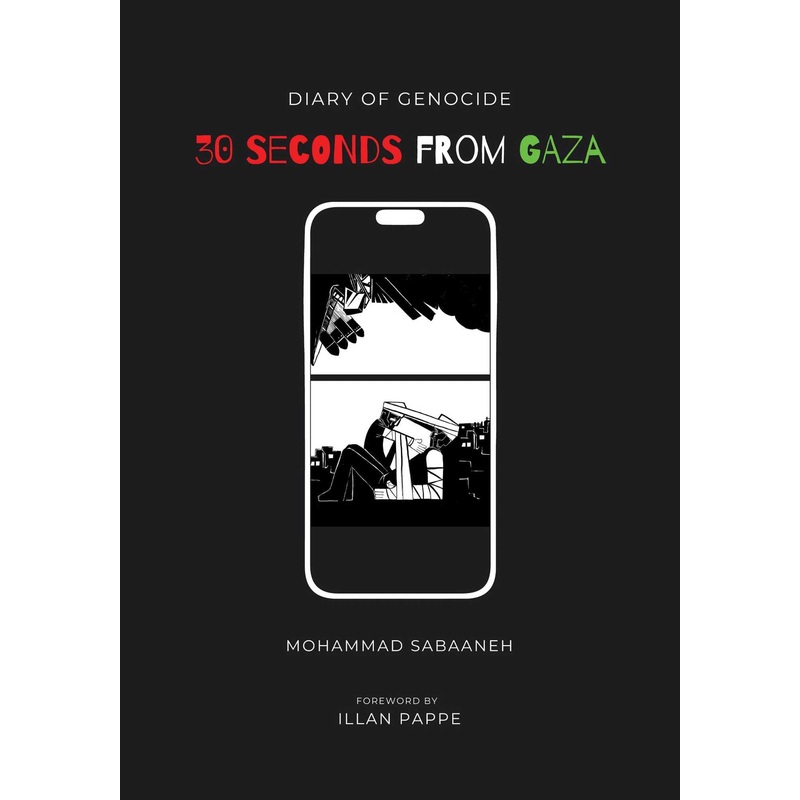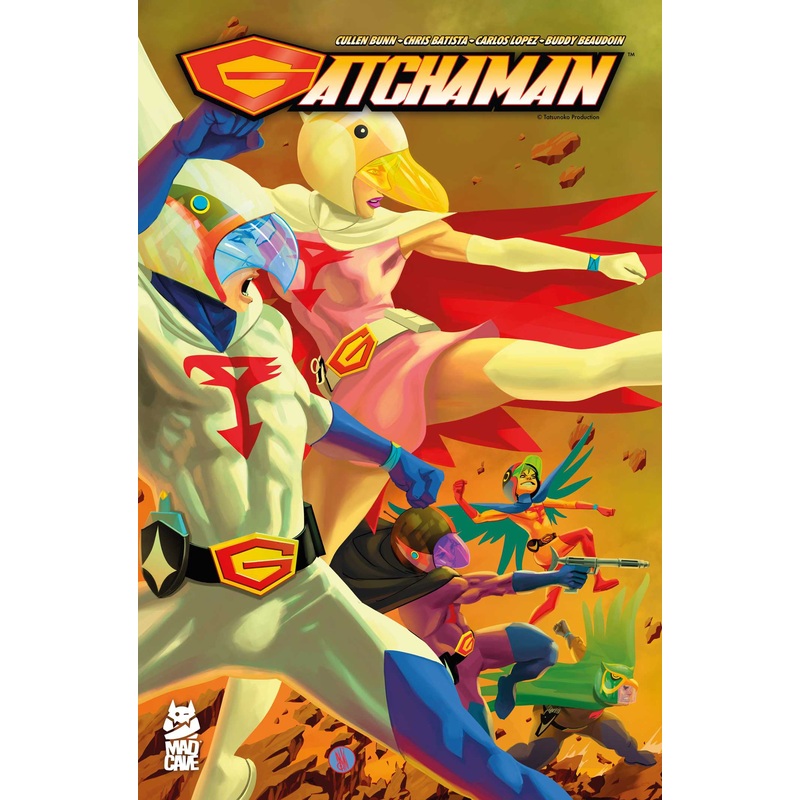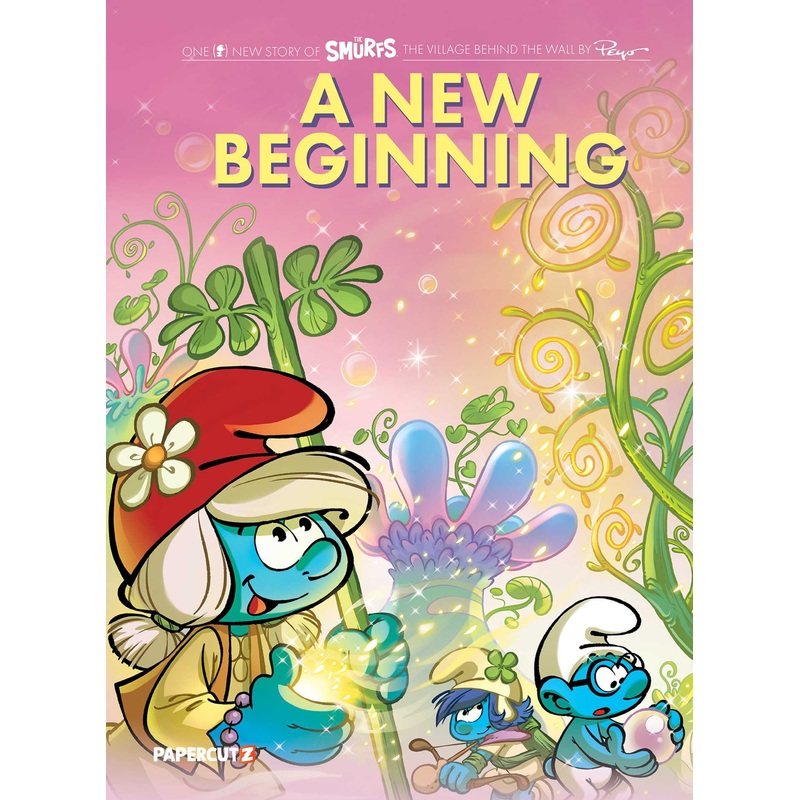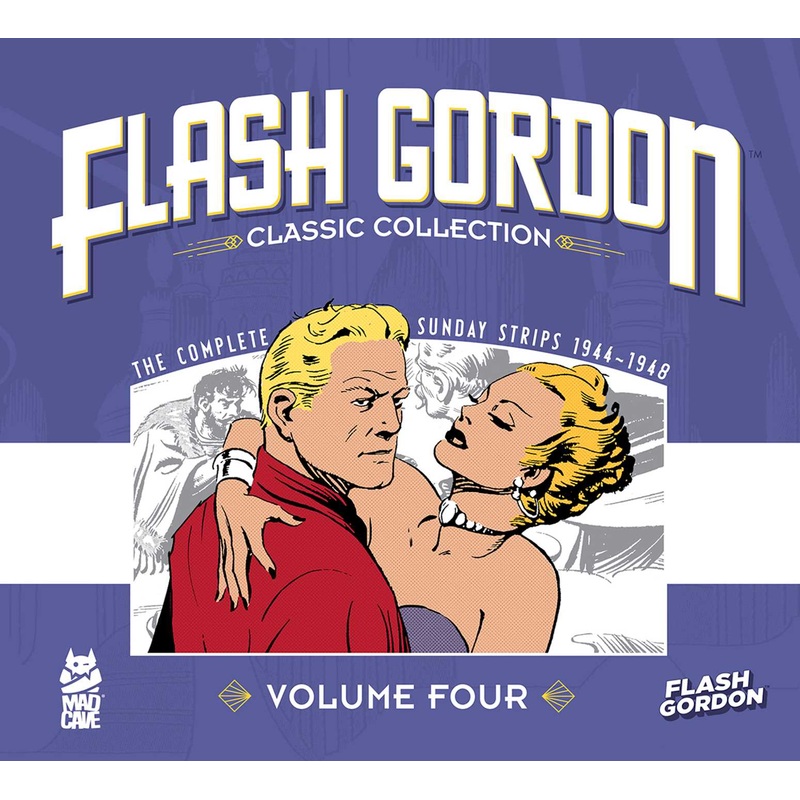30 Seconds from Gaza Diary of Genocide
SynopsisDevastating cartoons from acclaimed Palestinian political cartoonist that convey the outrage and scope of the genocide in Gaza. Mohammad Sabaaneh is an acclaimed Palestinian political cartoonist who has gained worldwide attention for his insightful
Synopsis
Devastating cartoons from acclaimed Palestinian political cartoonist that convey the outrage and scope of the genocide in Gaza. Mohammad Sabaaneh is an acclaimed Palestinian political cartoonist who has gained worldwide attention for his insightful and provocative linocut artwork, which sheds light on the reality of Palestinian life under occupation. His striking black-white-and-gray cartoons bring attention to the horrors of the Israeli assaults and atrocities in Gaza and open peoples eyes to the suffering Palestinians endure under Israels brutal settler colonialism and its system of apartheid.After his social media accounts were shadow banned and taken down, resulting in the loss of 15 years worth of content, Sabaaneh started questioning the fate of the thousands of videos and pictures of Gaza that can be erased in a secondthe commemoration of its historical importance and the importance of documenting what is happening on the ground. The fate of Gazas story and history is in the hands of a few corporations intent on hiding the crimes committed against the people of Gaza.Capturing and drawing scenes from videos posted on social media was a decision Sabaaneh made as a way to archive moments and information that are expected to be banned and erased later. From the genocide in Gaza to the atrocities in the West Bank, Sabaanehs political cartoons portray a world in which injustice is unending, but so is the resilience of the Palestinian people. 30 Seconds from Gaza: Diary of Genocide is an artistic triumph and a powerful testament to Palestinian sumud (steadfastness). It is proof of arts capacity to make visible what oppressors want the world to forget.In the words of Mohammad Sabaaneh 30 seconds. 30-second peek through videos from the heart of Gaza to social media platforms. 30 seconds of peoples lives in Gaza; a small window showcasing the atrocities and hell Palestinians in Gaza are living in. 30 seconds of peoples lives, of people like us. Humans, nothing less Watching the full scene unfold is gut wrenching, scenes that not many people can watch. Sometimes, we get the sensitive content warning before the video begins Can you imagine how the ones living those 30 seconds feel? Capturing and drawing scenes from these videos was a decision I made as a way to archive moments and information that are expected to be banned later. It allows me to showcase what is happening on the ground, showcasing the crimes committed against the people of Gaza The reasoning behind using Indian drawing ink is its permanence; water cannot erase it. No substance at all can erase it, resembling the dried-up blood splattered across the roads of Gaza, its hospitals, its childrens faces never erased, never forgotten.Notes from the author My story begins in prison. The occupation has held Palestinians in various prisons, some of them small and called jails; others larger and called towns and villages, which are surrounded by military checkpoints, walls, and settlements. The political reporting seen on the news every day can sometimes feel removed and distant, and I am saddened to see our stories are being reduced to numbers and statistics. The life of the Palestinian has become a hemorrhage between military checkpoints, and between one prison and another. This is the reality of settler colonialism. And this is how it impacts us as individuals. This book is an attempt to translate headlines into stories and illustrations, so that you, the reader, can see and feel the reality of Palestinian life.
About The Author
Mohammad Sabaaneh is a Palestinian cartoonist and a former political prisoner in Israel. He is the author of White and Black and Power Born of Dreams and is a Middle East representative for the Cartoonists Rights Network International. His work has been published in the Middle East Monitor, Al-Quds Al-Arabi, Al-Hayat al-Jadida and many others. He teaches art at the Arab American University of Palestine.
This is a standard paperback/soft cover version.






Reviews
There are no reviews yet.